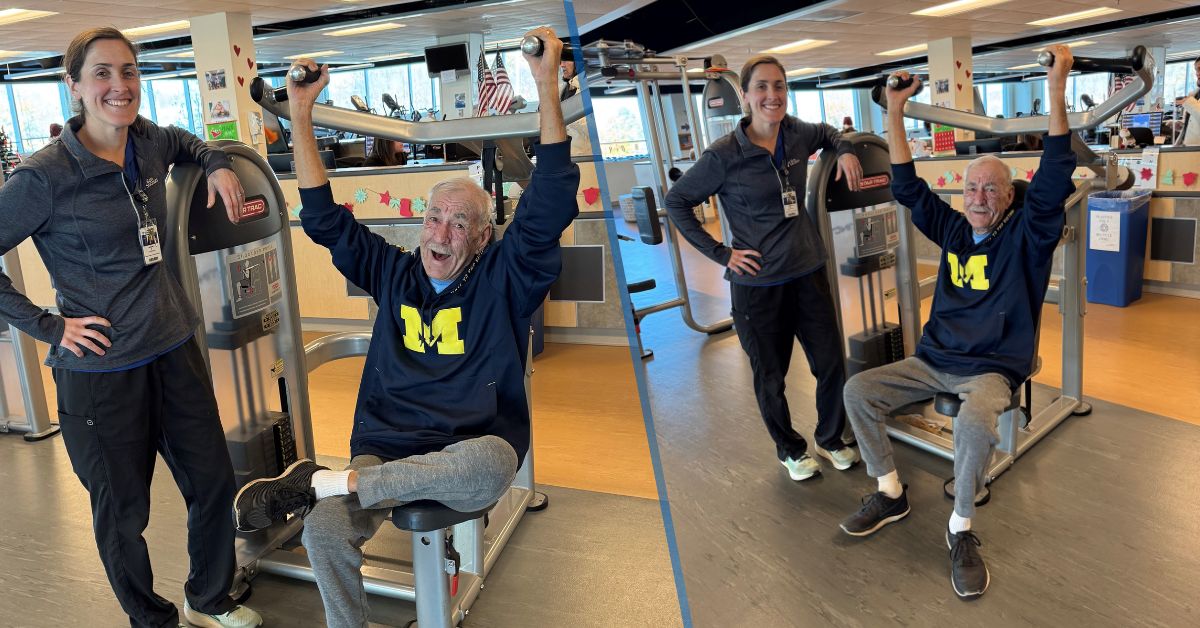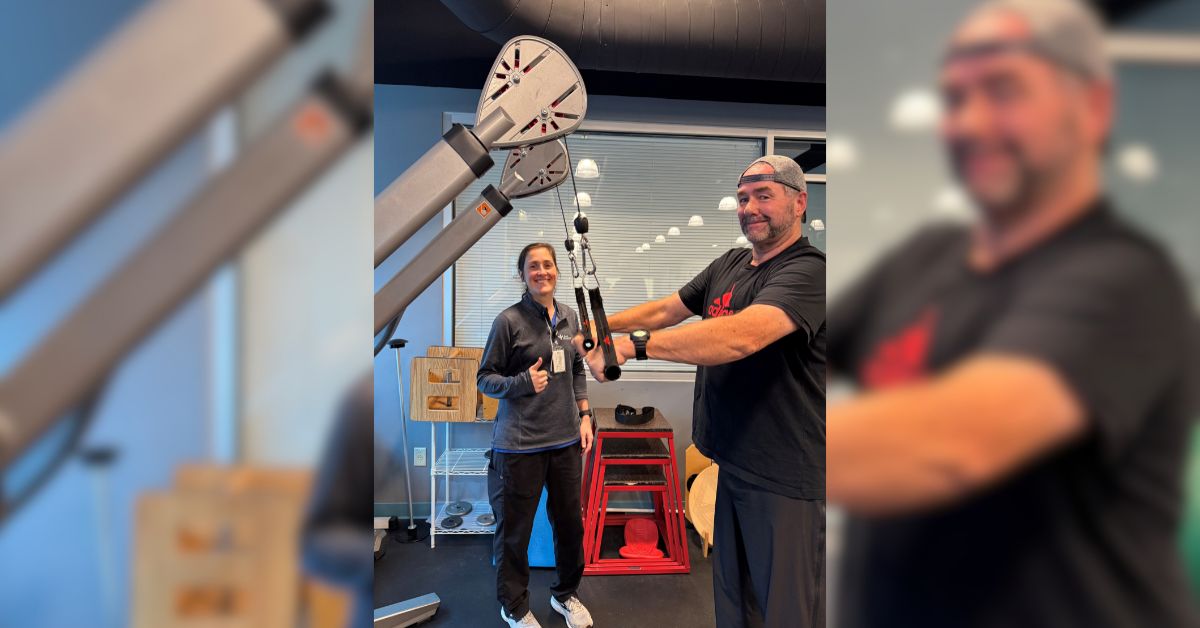You may know them as orthotics, insoles, footbeds or inserts. Regardless of what you call them, not many of us have perfect feet. This means almost everyone can benefit from an orthopedic shoe.
However, orthotics may help some of us more than others. Read on to learn about the common signs you need orthotics and if orthotics could be a good fit for you.
What are orthotics?
There are two different types of foot support you can purchase to help ease pain or feel more comfortable.
Inserts
Inserts can be bought in a store without a prescription. They are usually made of materials like gel, plastic or foam, and can fit in your shoes to provide extra cushioning and support. Even though they aren’t custom-made for your feet, they can help relieve pain or pressure around your heels, toes, or even your entire foot.
Orthotics
Orthotics are prescription inserts that you wear inside your shoes to correct foot issues such as problems with walking, standing or running. They can also help with foot pain you may have due to diabetes, plantar fasciitis, bursitis or arthritis. Additionally, they can help with treating or avoiding conditions such as tendonitis, bunions and neuromas.
How will a podiatrist determine if I need orthotics?
Five signs you need orthotics include:
- You stand for more than five hours a day.
- Your shoes are worn out.
- You have no arch or high arch in your foot.
- You have severe pain in your foot or heel.
- You just had an injury on a lower limb.
At your appointment, your podiatrist will usually take 3D images or X-rays of each foot and do a thorough exam. They might watch you walk, run or stand, and note how your feet, ankles, legs and hips move. They will also do a physical examination of your feet, legs, hips and back.
If you need orthotics, the podiatrist will then make a special mold of your feet. Once the mold is ready, it will be turned into a pair of custom orthotics.
Types of orthotics
- “Rigid” or “Functional” Orthotics – made from materials like plastic or carbon fiber, they are best for walking shoes or closed-toed dress shoes. These orthotics are designed to help ease foot aches and pains, as well as pain in your legs, thighs and lower back.
- “Soft” or “Accommodative” Orthotics – made from soft compression materials, these orthotics provide cushion to help ease pressure on uncomfortable or sore spots.
Tips for wearing orthotics
- Whether you bought orthotics at the store or had a pair custom made by a podiatrist, they should fit comfortably in the soles of your shoes. It might take several days or weeks for your orthotics to feel normal, but they should not rub your foot or cause pain or pressure.
- If your shoes have any arch supports or additions to the shoe, remove them before inserting the orthotic. Orthotics and inserts can usually be worn directly over a flat shoe insert.
- Although custom orthotics cost more than over-the-counter inserts, they are well worth it. After the evaluation of your foot problem, you’ll get a custom-fit, high-quality insert that should last for several years. Some insurance companies will even cover orthotics, so check your plan to learn about your coverage.
- You can wash your orthotics with mild soap and water. Let them completely dry before wearing them again. If they do get wet, lay them on a flat surface to dry. Don’t put them in a dryer or under a heating device, like a hair dryer. Ask your podiatrist for more specific care instructions.
If you’re on the fence about needing orthotics, visit your primary care physician. They can help you decide if orthotics can help, as well as refer you to a podiatrist if necessary. If you are experiencing significant pain, you can reach out to a podiatrist right away.
Learn about the podiatry and foot care services offered at Bon Secours.





